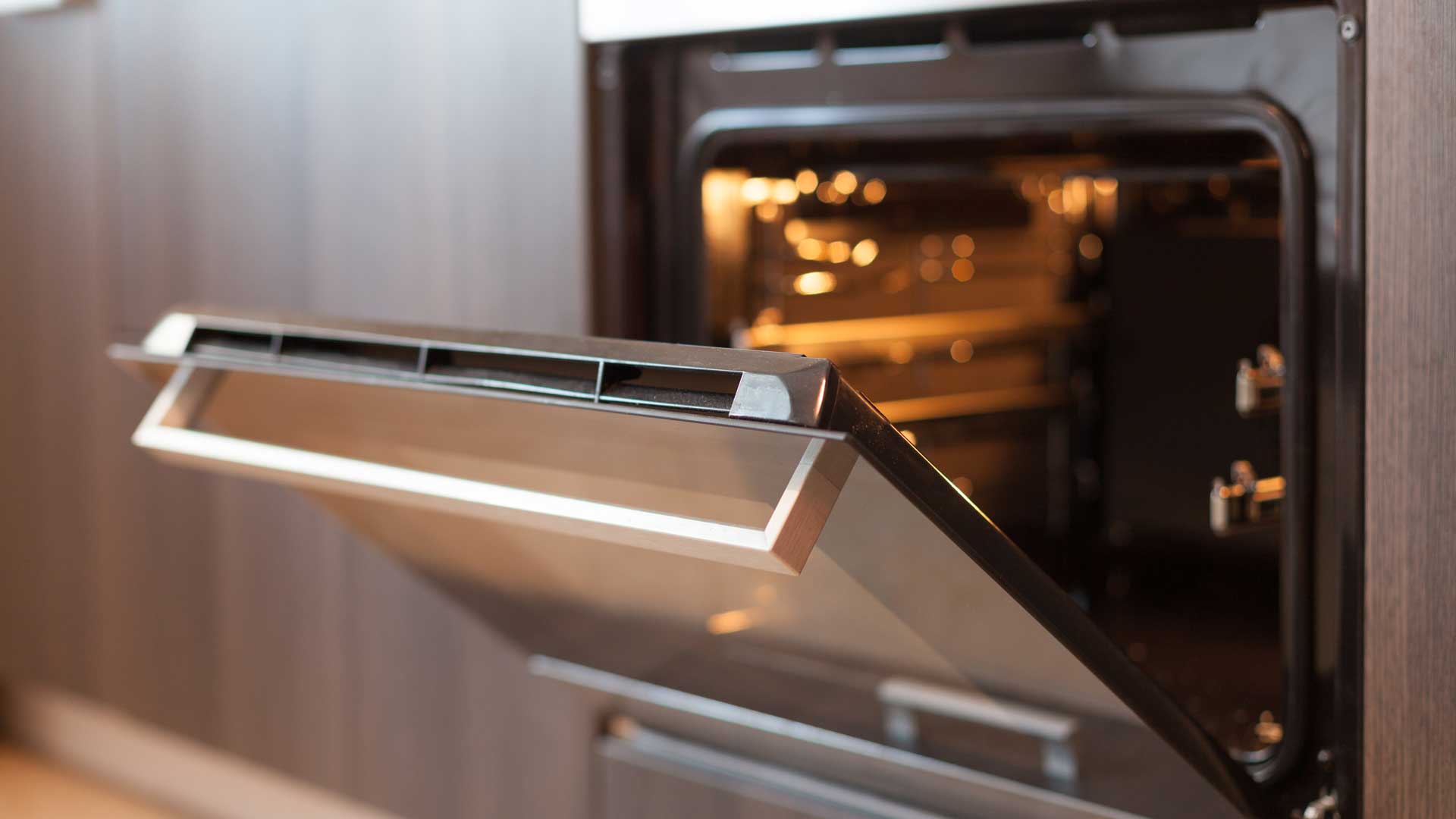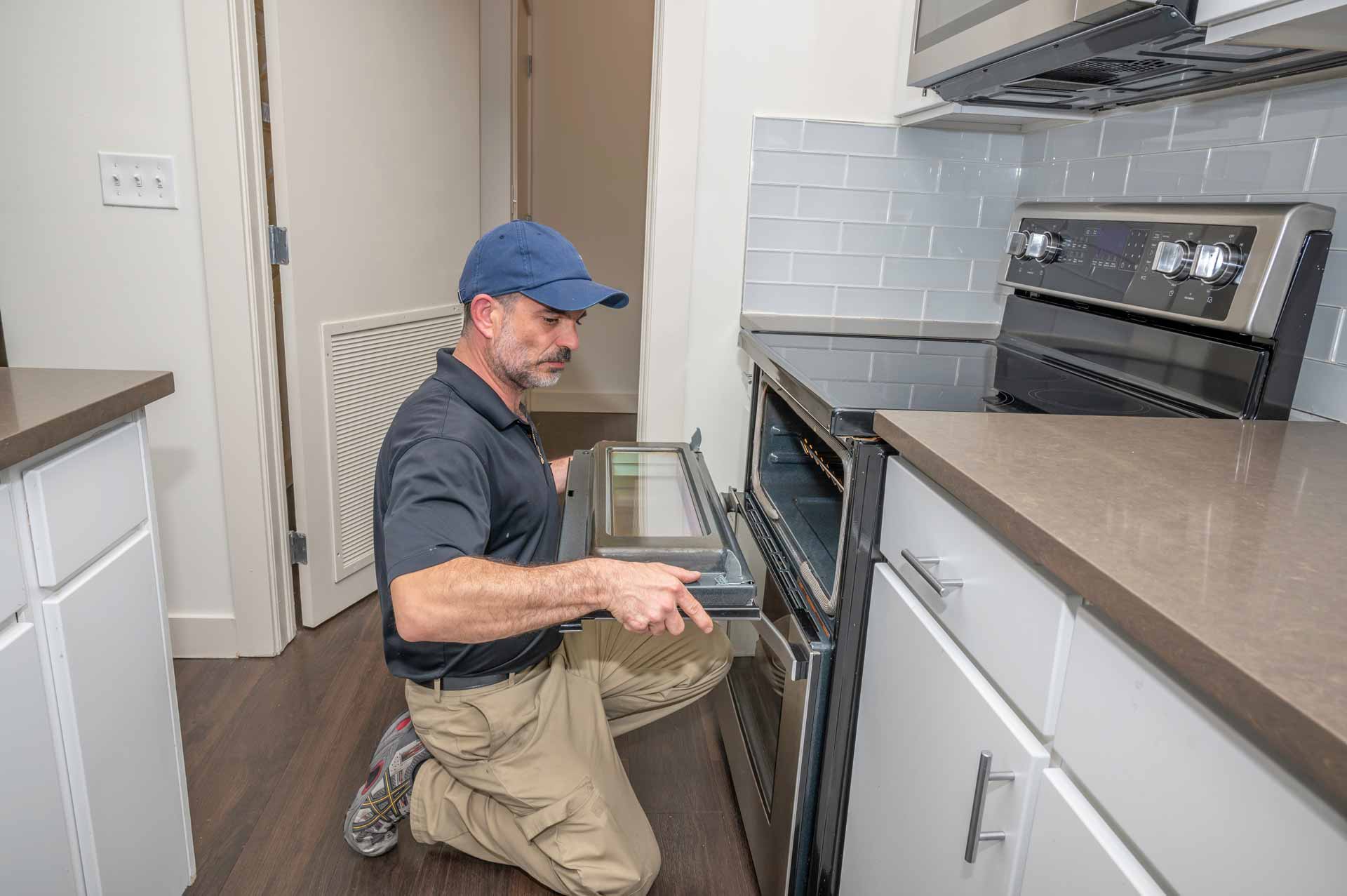Have you ever wondered what goes on inside your oven when you’re baking your favorite dish? Understanding how your oven works can be fascinating and practical, especially when it comes to troubleshooting. This post will give you an inside look into the workings of your oven and explain some common issues that might require professional attention. Remember, at Conner’s Repair, we believe in empowering our customers with knowledge while being here for those times when a professional touch is needed.

How Does an Oven Work?
- Power Source: Ovens typically run on either electricity or gas. Electric ovens use heating elements for cooking food, while gas ovens use a gas burner.
- Heating Elements (Electric Ovens) or Gas Burner (Gas Ovens): In electric ovens, when you set a temperature, the thermostat signals the heating elements to heat up to the desired level. These elements are located both at the top and bottom of the oven. In a gas oven, the thermostat controls the gas flow to the burner, where it’s ignited by the pilot light or an electric igniter.
- Thermostat and Temperature Sensors: The thermostat and sensors work together to maintain the correct temperature. They regulate the heat by turning the elements or gas burner on and off to keep the temperature steady.
- Convection Fans (in Convection Ovens): Some modern ovens are equipped with convection fans that circulate hot air around the oven, cooking food more evenly and often more quickly.
Common Oven Problems and How to Identify Them
- Oven Not Heating Properly: This is often due to a faulty heating element in electric ovens or issues with the gas supply or igniter in gas ovens. A clear sign is if your food is taking longer to cook or if the oven isn’t reaching the desired temperature.
- Oven Heating Unevenly: This can be caused by a malfunctioning convection fan or issues with the heating elements or gas burner. You might notice this if your cakes or roasts are unevenly cooked or browned.
- Thermostat Issues: If the oven temperature seems off, it might be due to a faulty thermostat. An oven thermometer can help you determine if there’s a discrepancy between the set and actual temperature.
- Door Problems: A faulty door seal or hinge can lead to heat loss, affecting the oven’s efficiency. This can be detected if you feel heat escaping from the edges of the door.

How a Professional Fixes These Issues
At Conner’s Repair, our technicians are well-versed in diagnosing and fixing these common oven issues. We:
- Replace Faulty Heating Elements: By identifying and fitting the correct element for your model.
- Fix Gas Supply and Igniter Issues: Ensuring safe and effective repairs for gas ovens.
- Calibrate or Replace Thermostats: To restore accurate temperature control.
- Repair or Replace Door Components: To prevent heat loss and improve efficiency.
Your oven is a vital part of your kitchen, and understanding how it works can help you identify when something’s not quite right. While some minor issues can be diagnosed at home, it’s important to trust a professional for safe and effective repairs.
If you’re experiencing any oven troubles or just need a routine check-up in the Detroit area, don’t hesitate to reach out to Conner’s Repair. We’re a family-owned business committed to fixing all major home appliance brands. Remember, “If a man made it, we can fix it.” Call us today and let us restore the heart of your kitchen to its full potential!